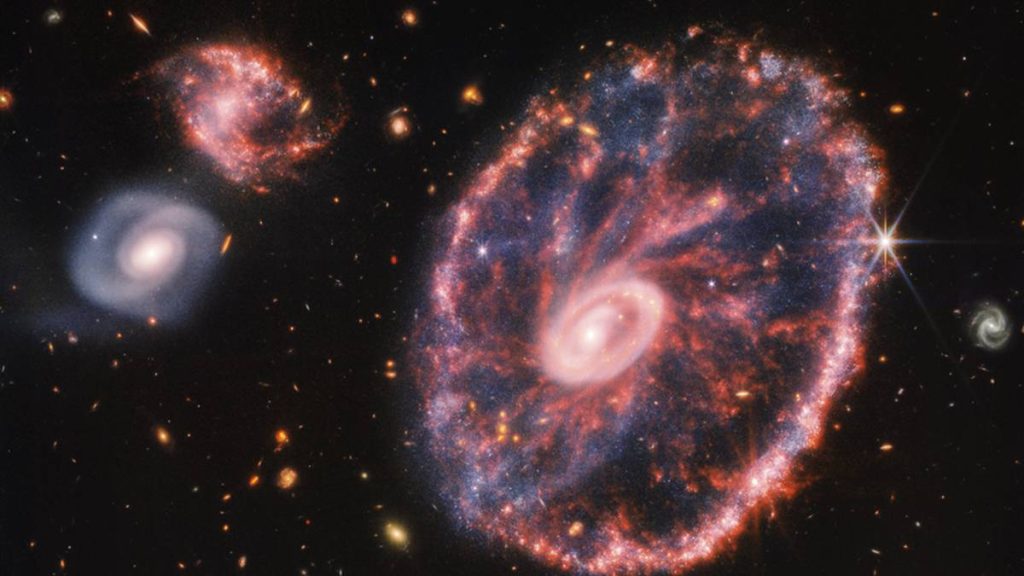A joke by a scientist on Twitter
The image of the star turned out to be a piece of sausage
French physicist Etienne Klein posted a stunning photo on Twitter, said to be of the star Proxima Centauri, taken by the James Webb Space Telescope (JWST). The image shows a red fireball with glowing dots on a black background. Besides, Klein wrote: “Image of Proxima Centauri, the star closest to the Sun, 4.2 light-years away from us. Recorded by JWST. This attention to detail…a new world is being revealed day by day.”
Read more after the announcement
Read more after the announcement
Recommended editorial content
At this point you will find external content from Twitter, Inc.which completes the article. You can view it with one click.
I agree to display external content to me. This allows personal data to be transferred to third-party platforms. More about this on our website Privacy Notices.
And while some Twitter users were still commenting on the level of detail in the shot, “Huffington PostKnown to everyone’s surprise: the photo was of a slice of Spanish chorizo sausage.
Read more after the announcement
Read more after the announcement
Scientist Klein explained on Twitter that he was only joking. With this post, he actually just wanted to encourage caution about images that “look meaningful on their own.” Finally, on Twitter, I apologize to everyone who was misled by the world’s “unoriginal” joke.
Recommended editorial content
At this point you will find external content from Twitter, Inc.which completes the article. You can view it with one click.
I agree to display external content to me. This allows personal data to be transferred to third-party platforms. More about this on our website Privacy Notices.
On Wednesday, the 64-year-old research director at the CEA Energy Research Institute and producer of the French science program again published a recording of the space telescope. He confirmed that the image of the cartwheel galaxy is real this time.
About the James Webb Space Telescope (JWST)
The James Webb Space Telescope (JWST) took about 30 years to develop and ultimately cost about $10 billion (about €8.8 billion). It follows the Hubble telescope, which has been in use for more than 30 years. While Hubble works in the optical and ultraviolet range, James Webb looks at the near-infrared range. “James Webb” flies about 1.5 million kilometers in space, among other things, presents new images from the early universe with the help of a 25-square-meter mirror. Scientists hope that the images taken by the telescope will provide an insight into the time after the Big Bang about 13.8 billion years ago. They hope to obtain images of stars older than our solar system and may no longer exist – and perhaps even evidence of a second Earth. James Webb’s age was initially set at 10 years.
RND / vkoe / with articles from dpa

“Total coffee aficionado. Travel buff. Music ninja. Bacon nerd. Beeraholic.”







More Stories
Researchers detect extremely high-energy gamma rays
Anxiety disorders in old age increase the risk of dementia
Researchers are particularly fascinated by these exoplanets.